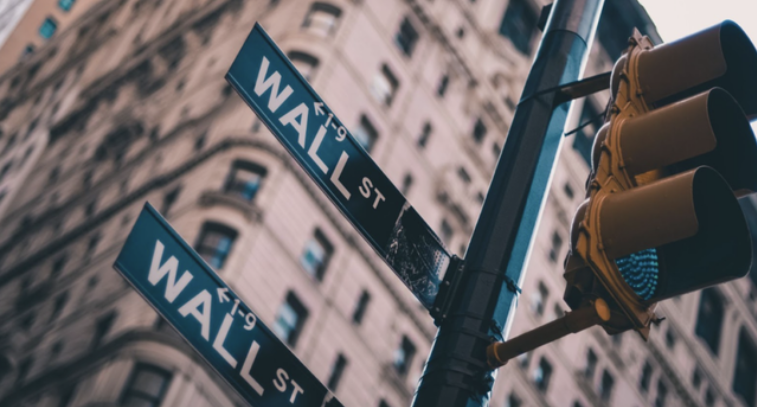MON earns its keep from three main sources of generating revenue: agricultural chemical sales, designing and selling biotechnology traits, and collecting royalties on the aforementioned traits. When estimating expected returns, Monsanto management analyzes historical returns, economic trends, market conditions and changes in consumer demand.
Corn seeds make up for three quarters of Monsanto’s seed sales; the USDA projected 2013 production to top 2012 by 32%. This is good news for MON; the more seeds, the merrier– corn seed has been on a 16% tear. Herbicides to cater the strains of GMO grains are one of three major tributaries of revenue. Corn seed demand domestically and in South America, along with China warming up to import GMOs have lead analysts at Macquire to upgrade the stock to “outperform.” Despite the visible demand, Monsanto’s products are a thin spread above generics. A trader in the market seem to agree.
This morning, 2,500 Monsanto Oct 95 puts were purchased at $2.48 and paired with a sale of 2,500 Oct 80 puts for $0.62. The purchase of these puts indicates an option to sell over $23 million shares of Monsanto, while the sale of the puts indicates a commitment to purchase $20 million shares of Monsanto.
This strategy to combine the purchase of puts along with the sale of puts at a different strike price is a way to both limit risk and limit reward; the limited reward has a larger range of profitability as compared to a normal purchase of a put. The trader might not be so sure where the price of Monsanto will be in October, however they do believe that the price of Monsanto will ease over the next couple of months – the breakeven point of this trade is at a price of $93.14 per share, with profits below this price and losses above. The maximum loss the trader can incur is $465,000 if the price of the stock is above $95 at the October expiration. On the other hand, the maximum reward the trader can gain from this trade is $3,285,000 if the price of the stock is below $80.
Today the stock opened at $105, and therefore between now and October the trader will make their maximum profit if the stock drops by 23.8%. In order to be in the black, the price would have to drop by 11.3%.
 Brian Stutland
Brian Stutland 
 Joe Tigay
Joe Tigay 

